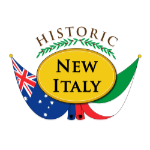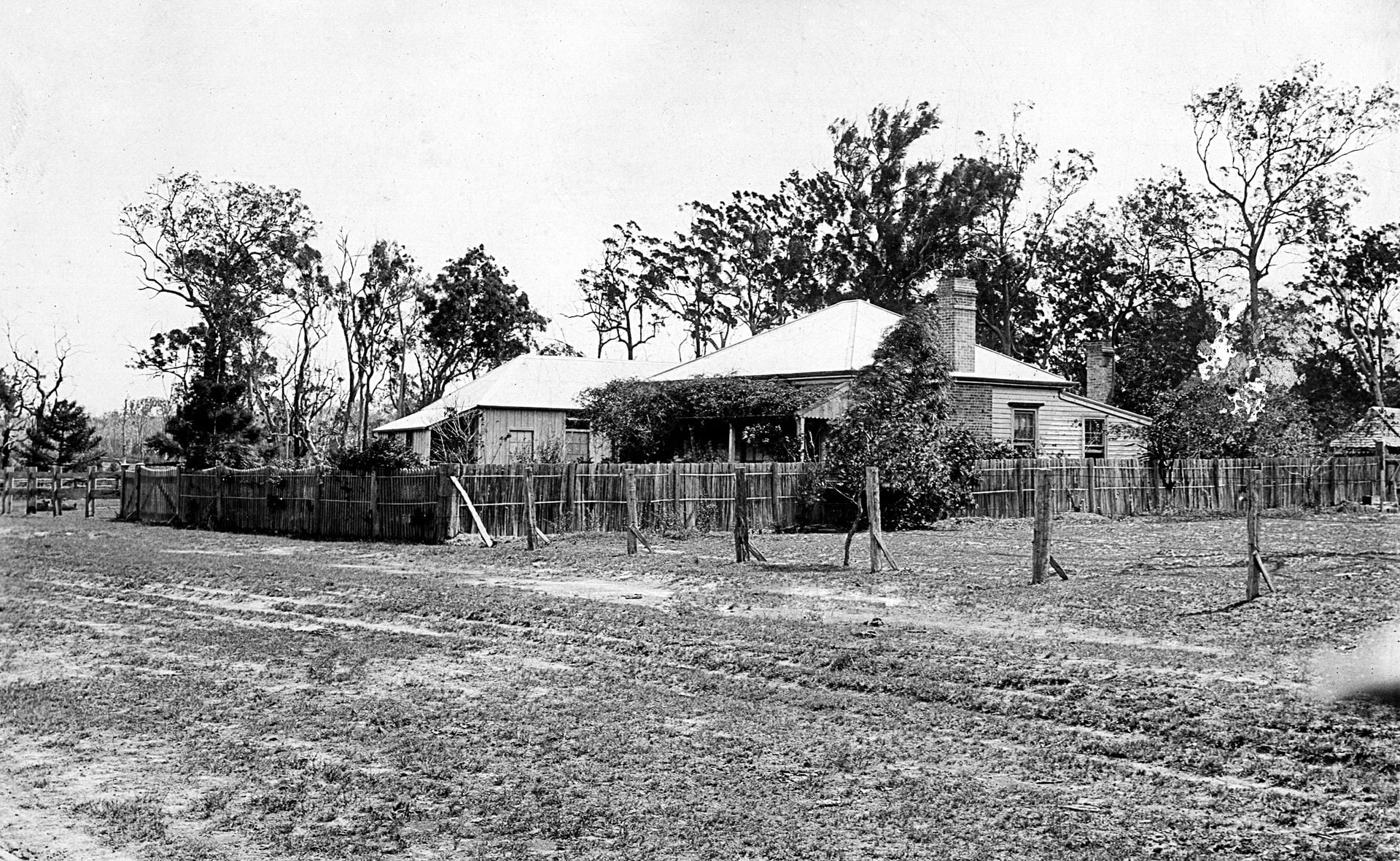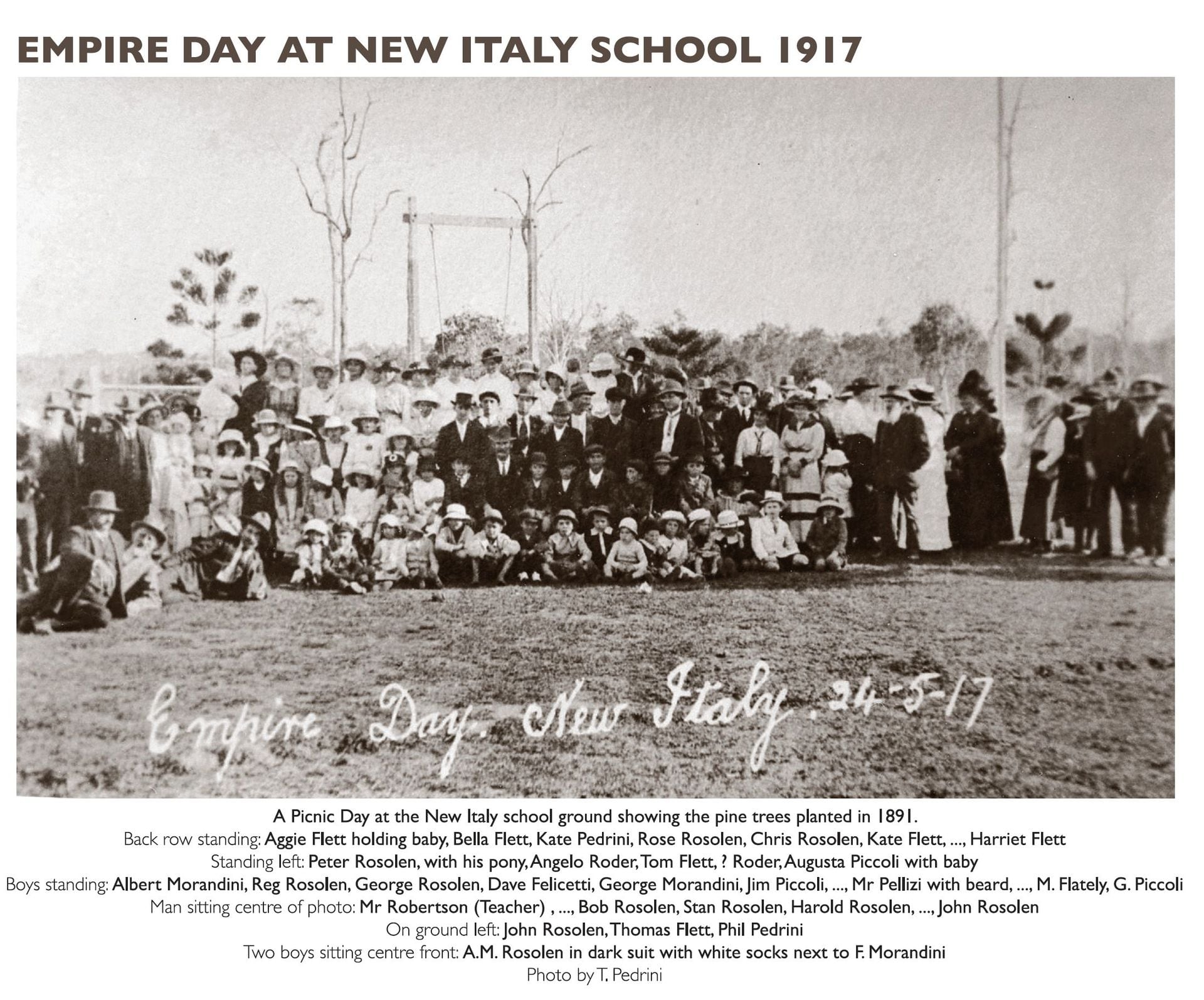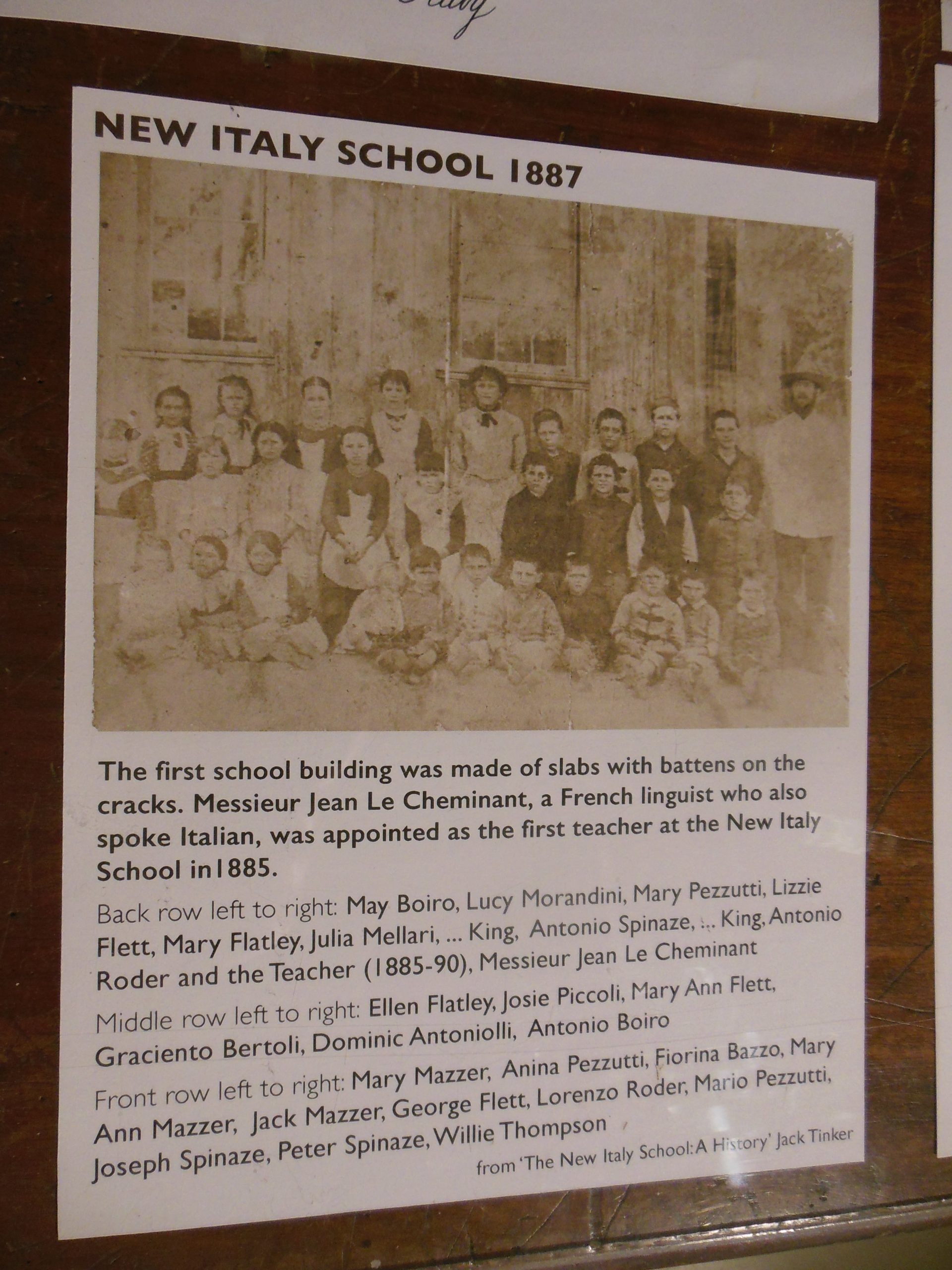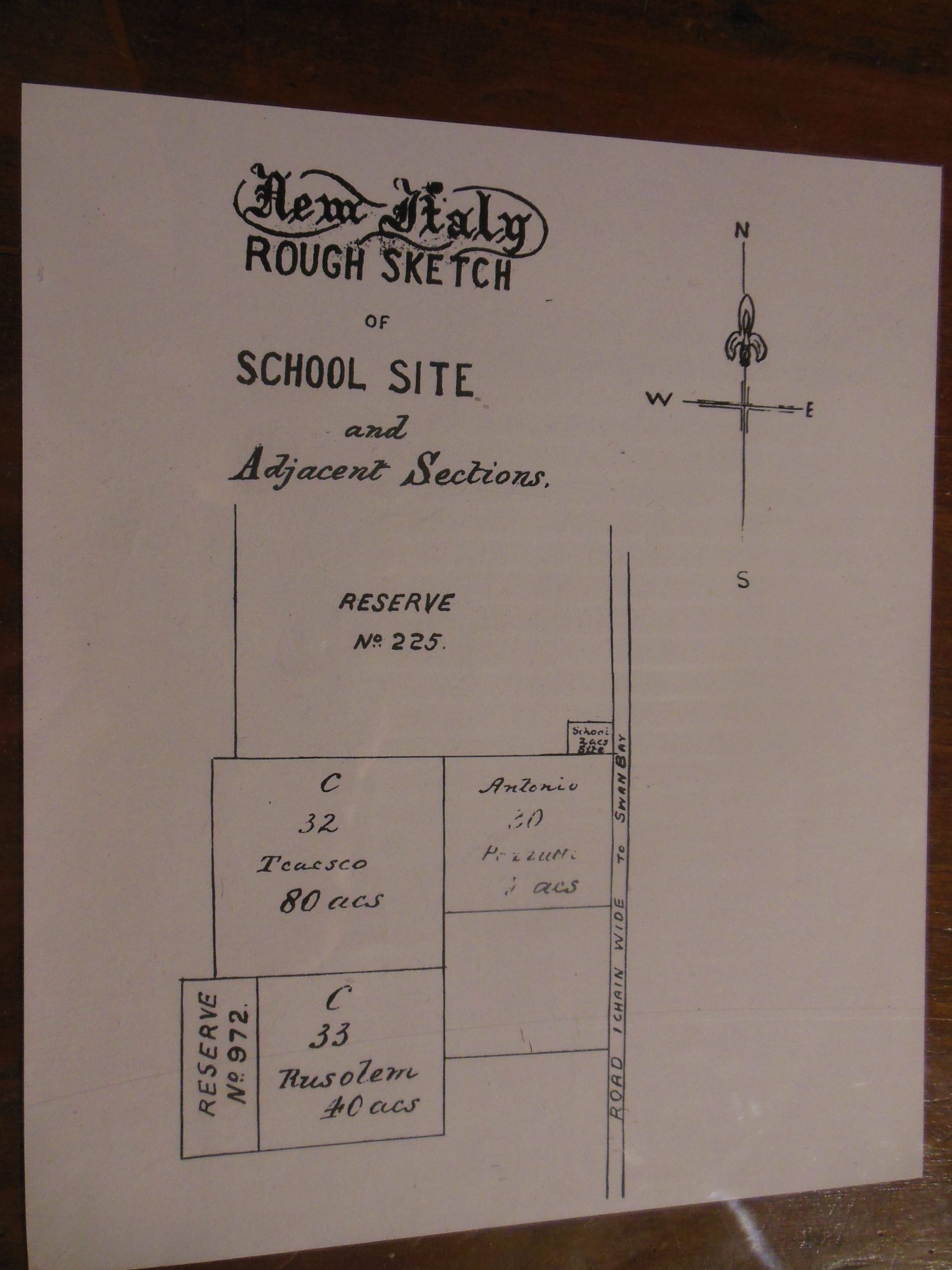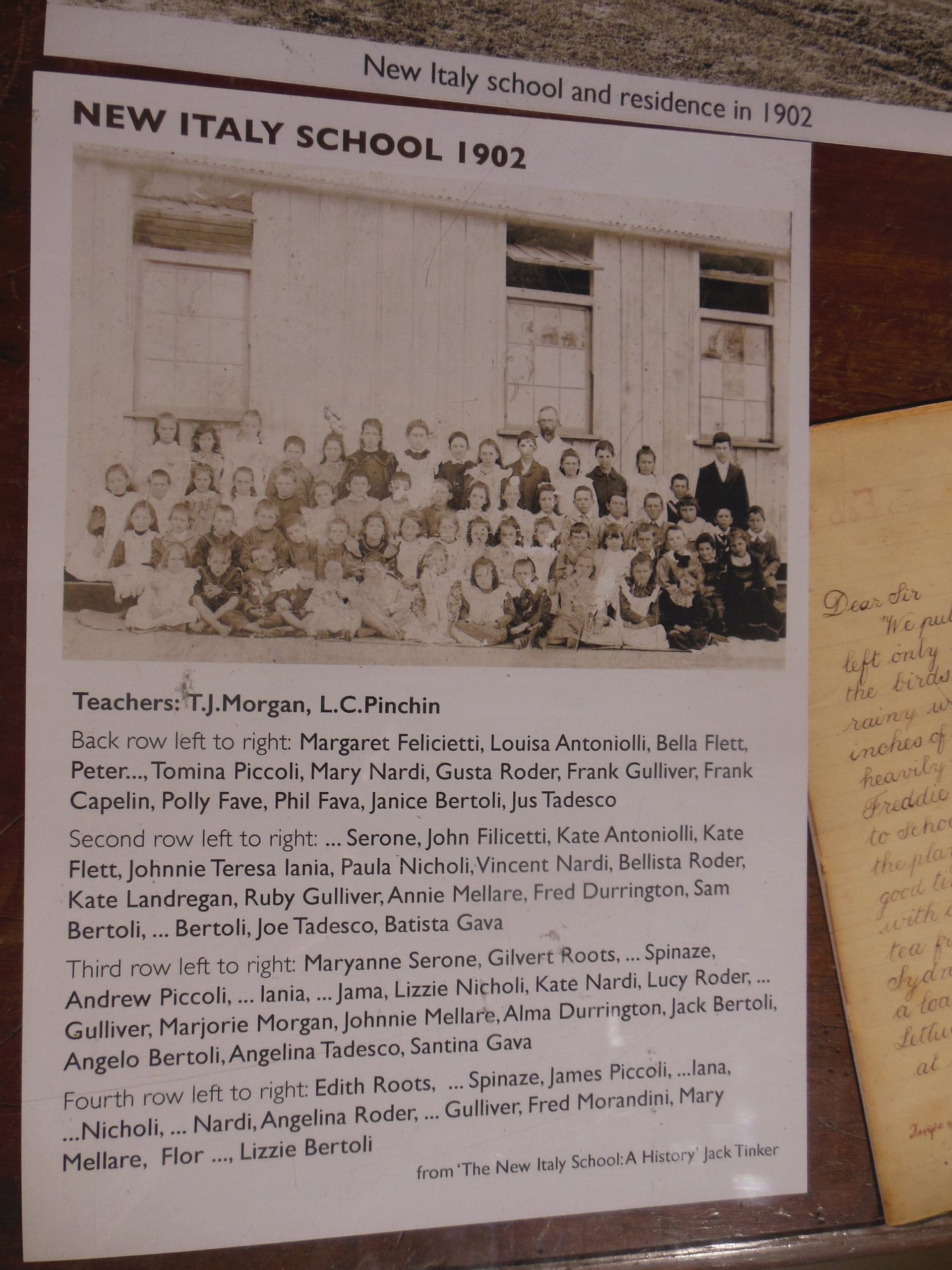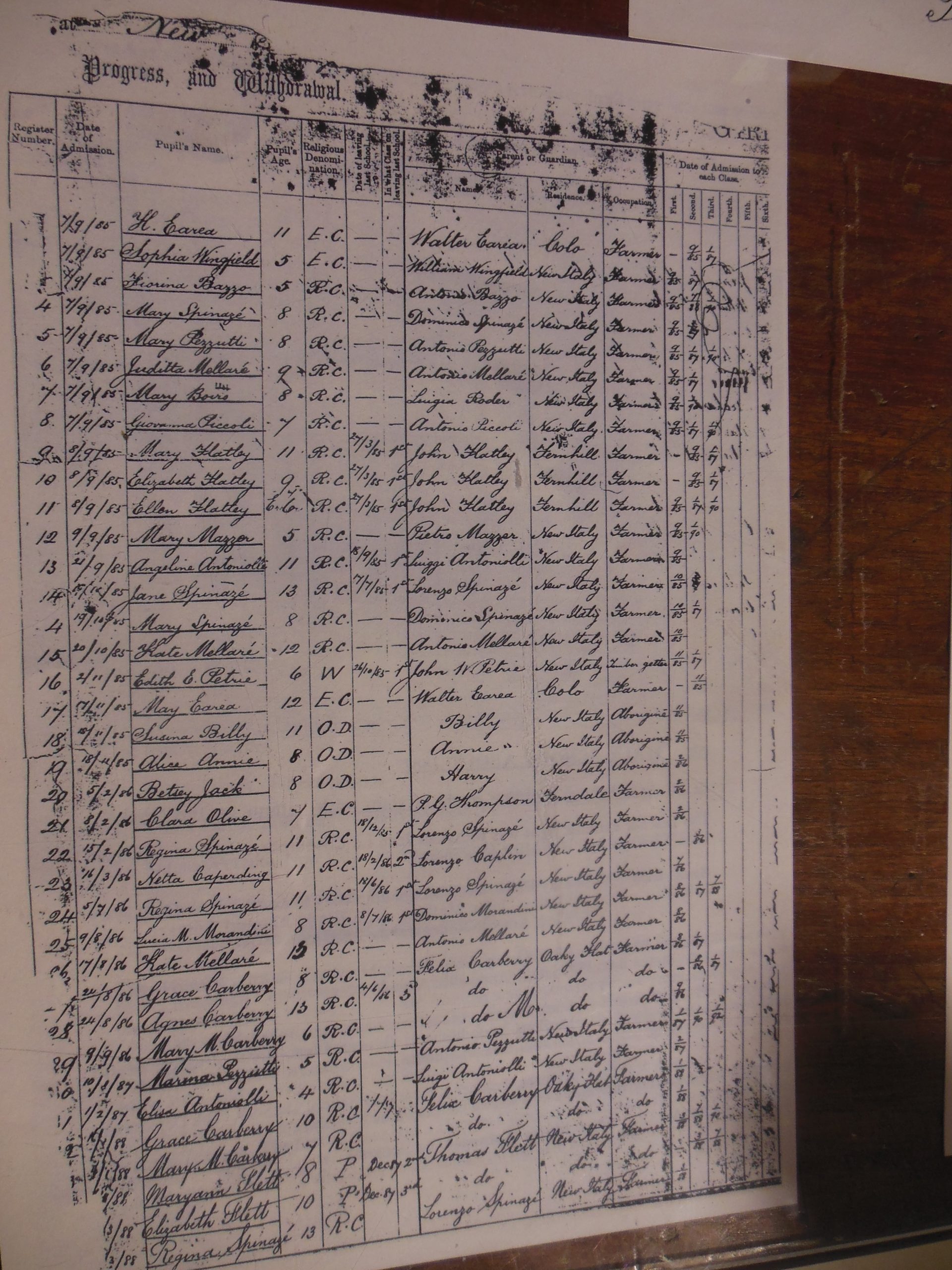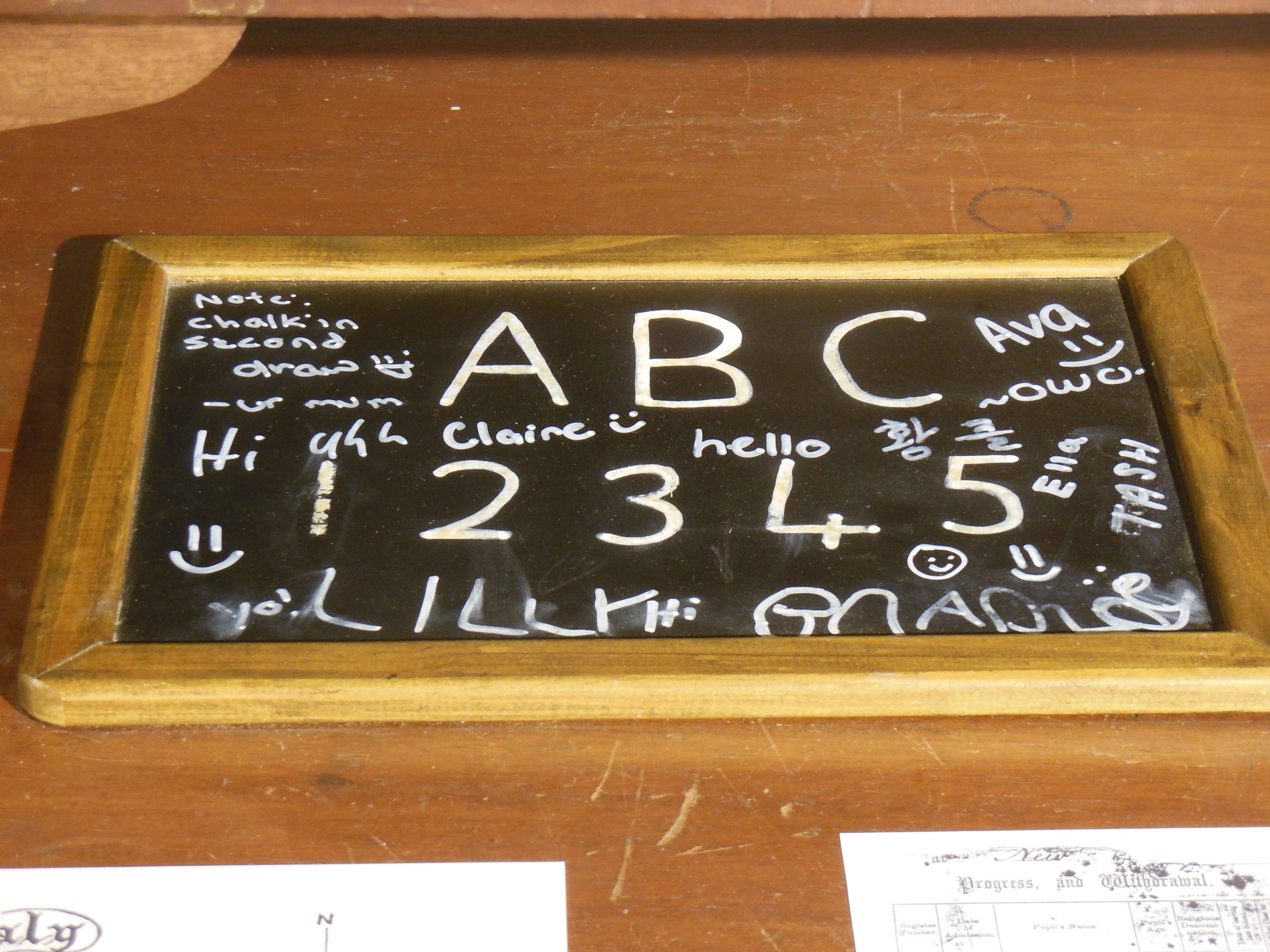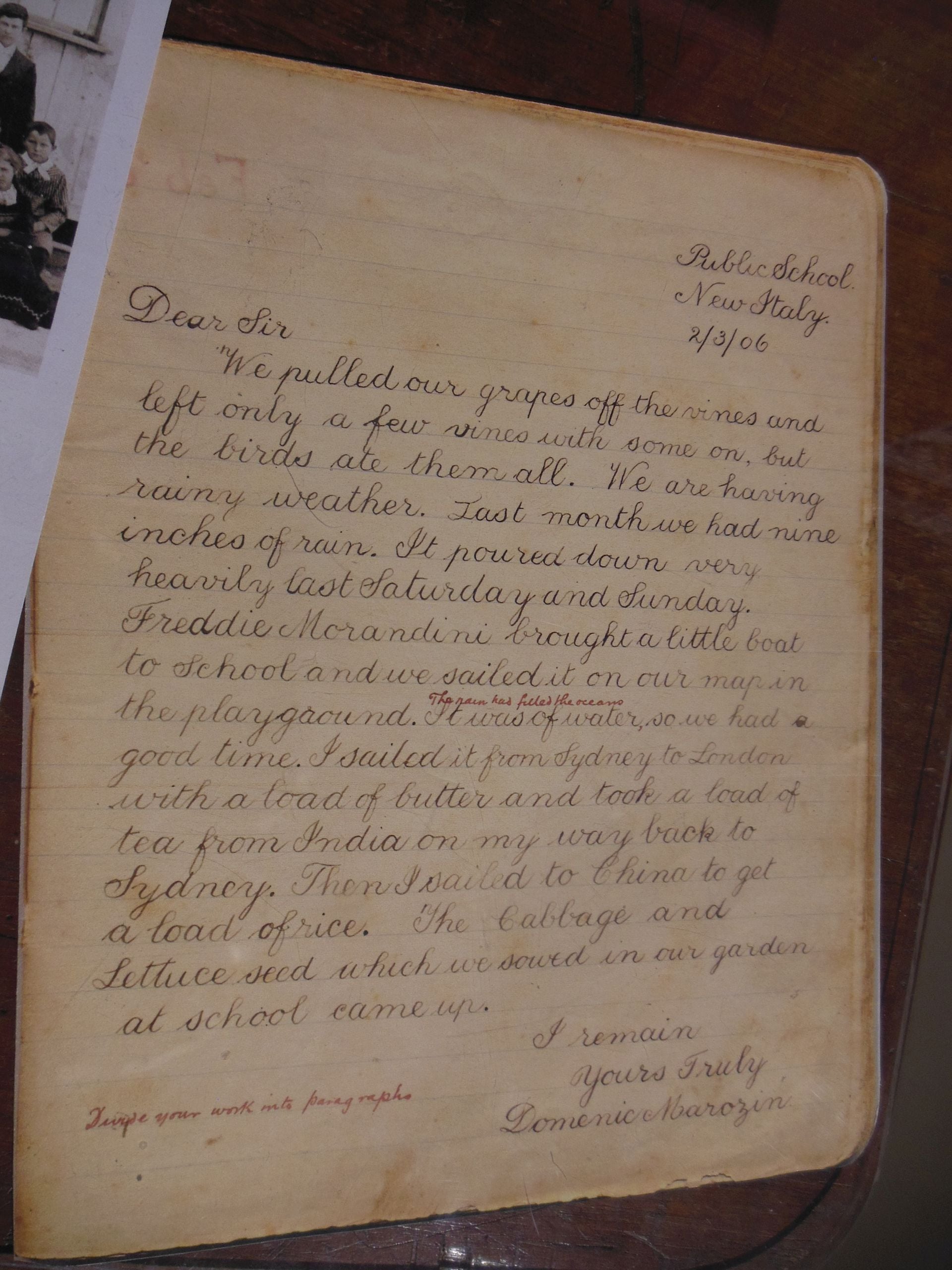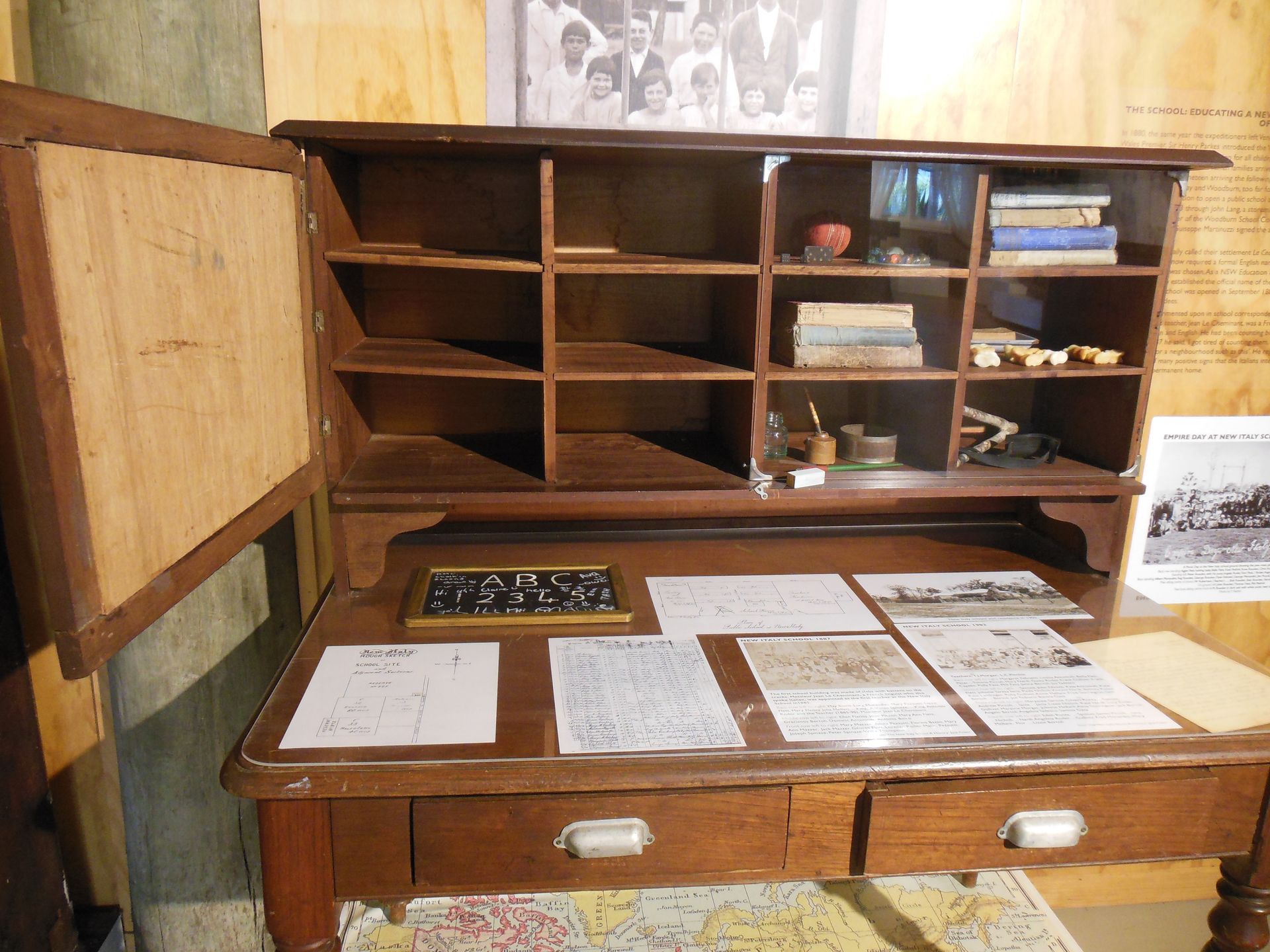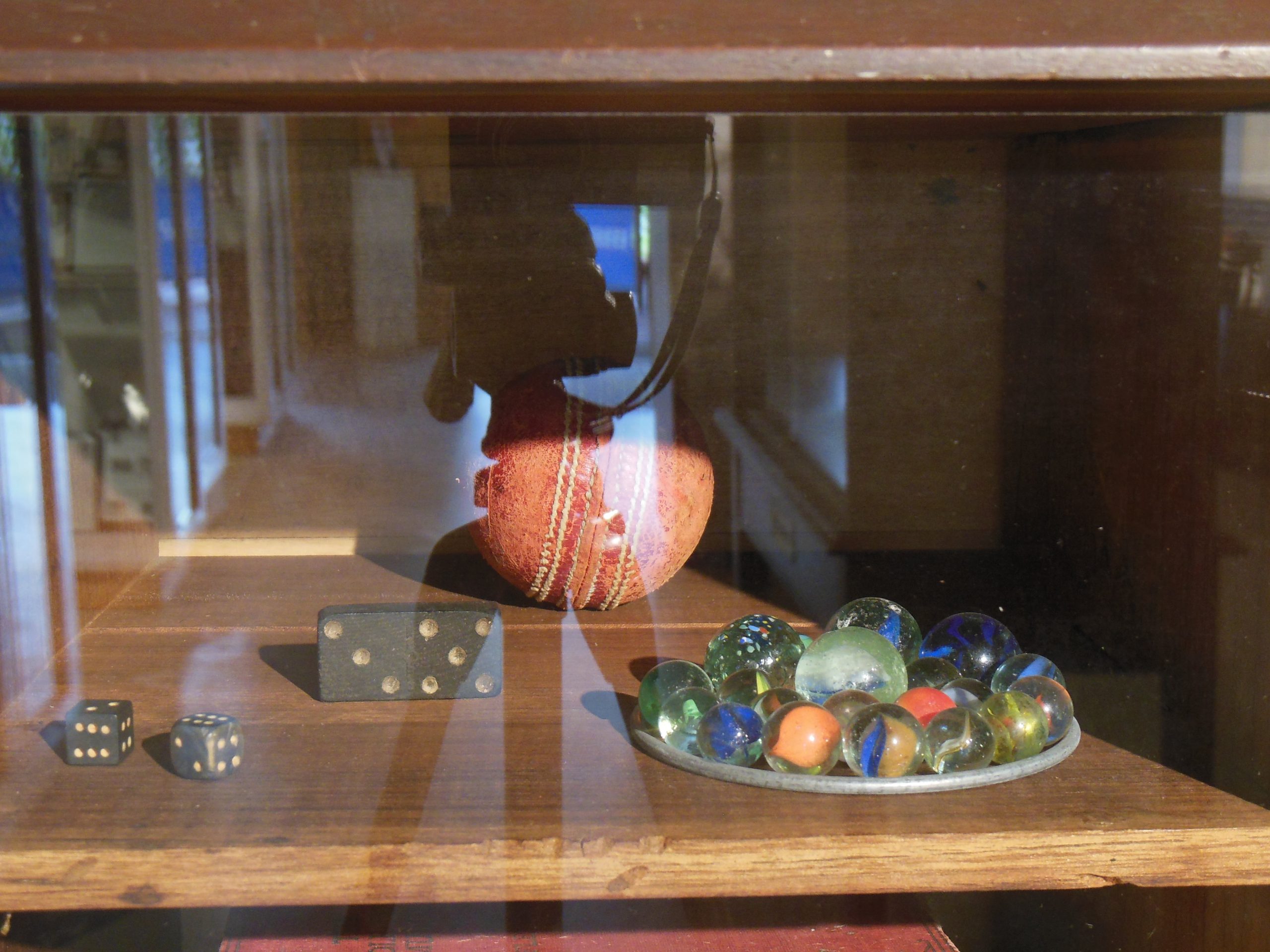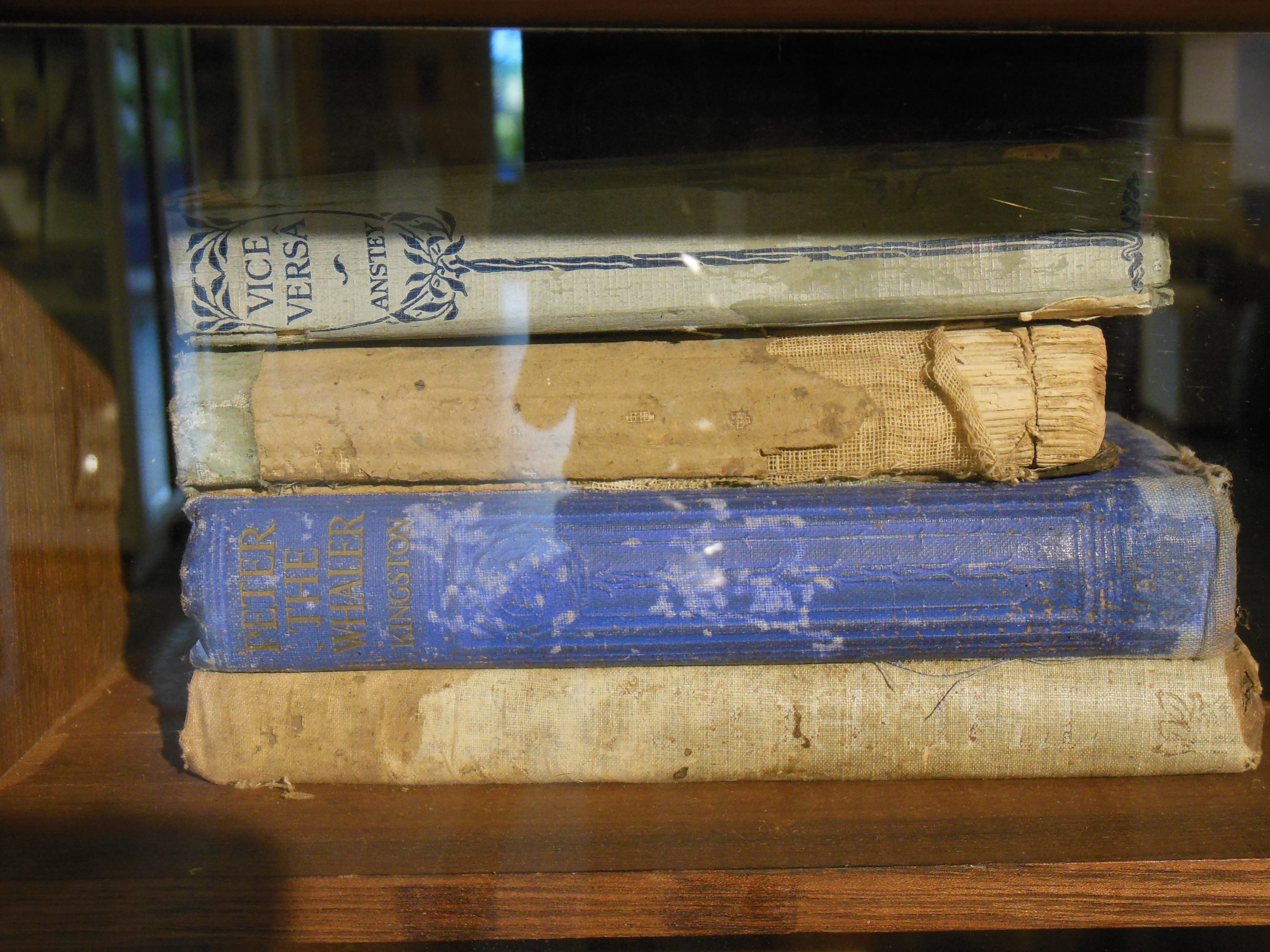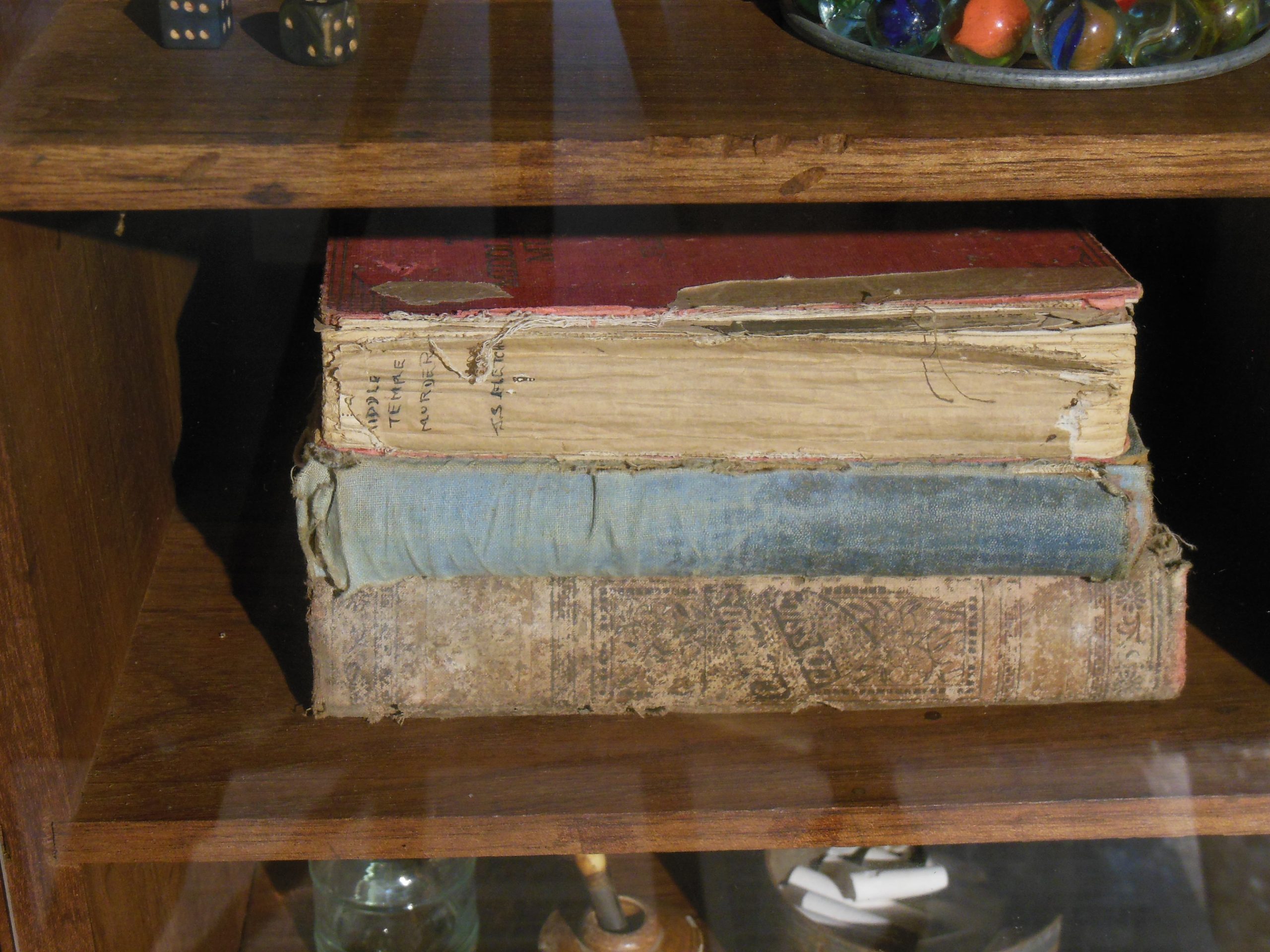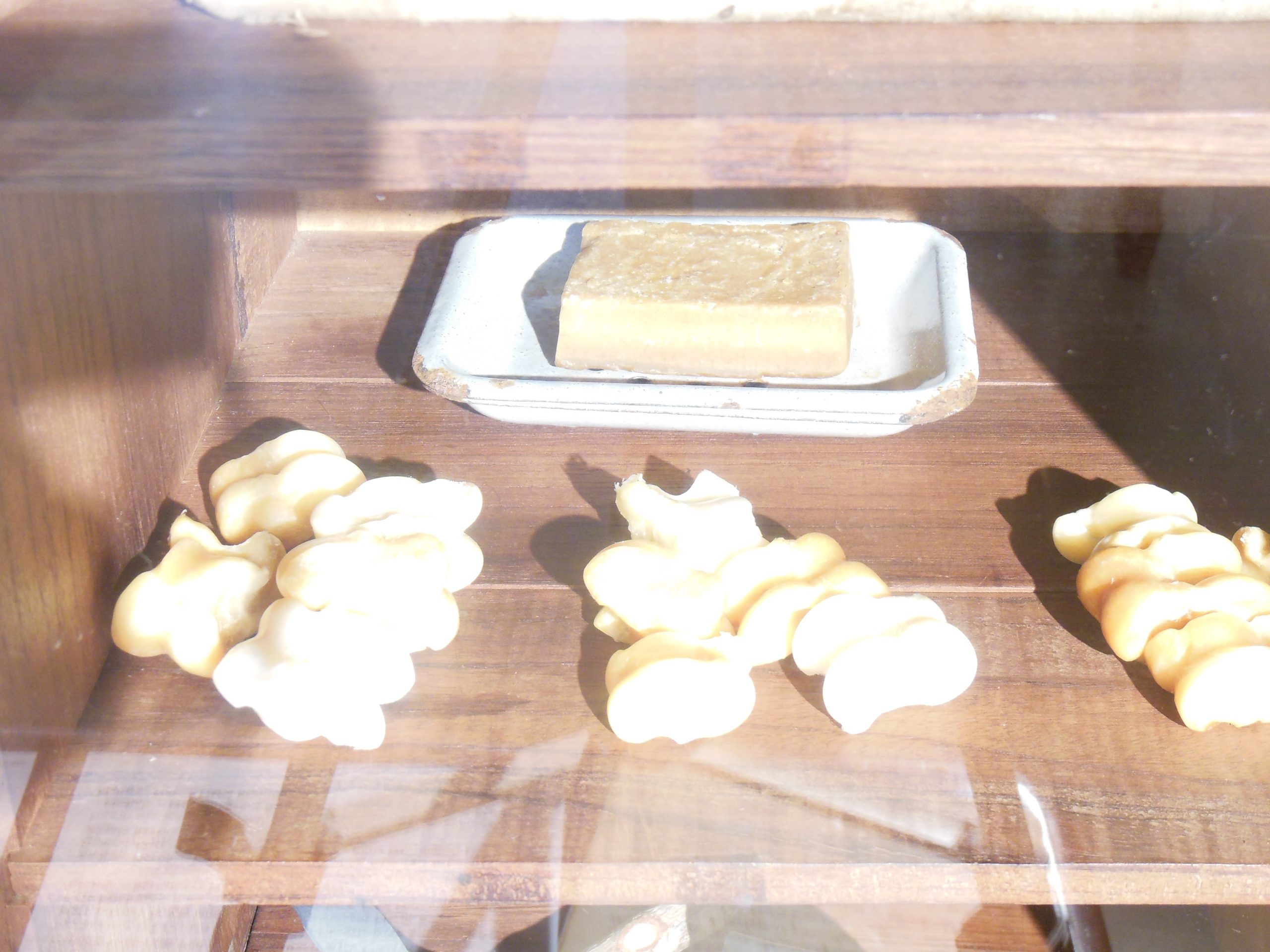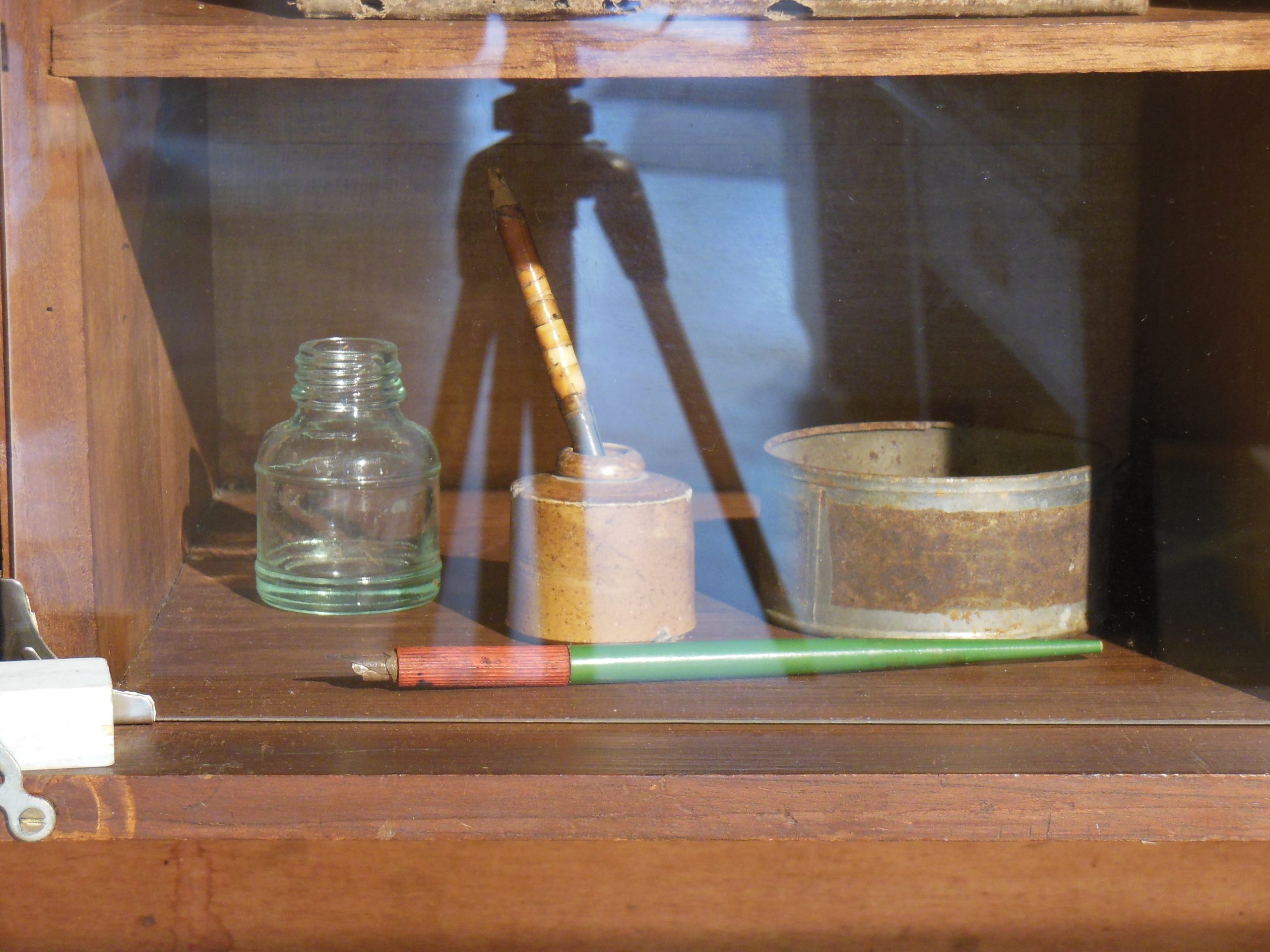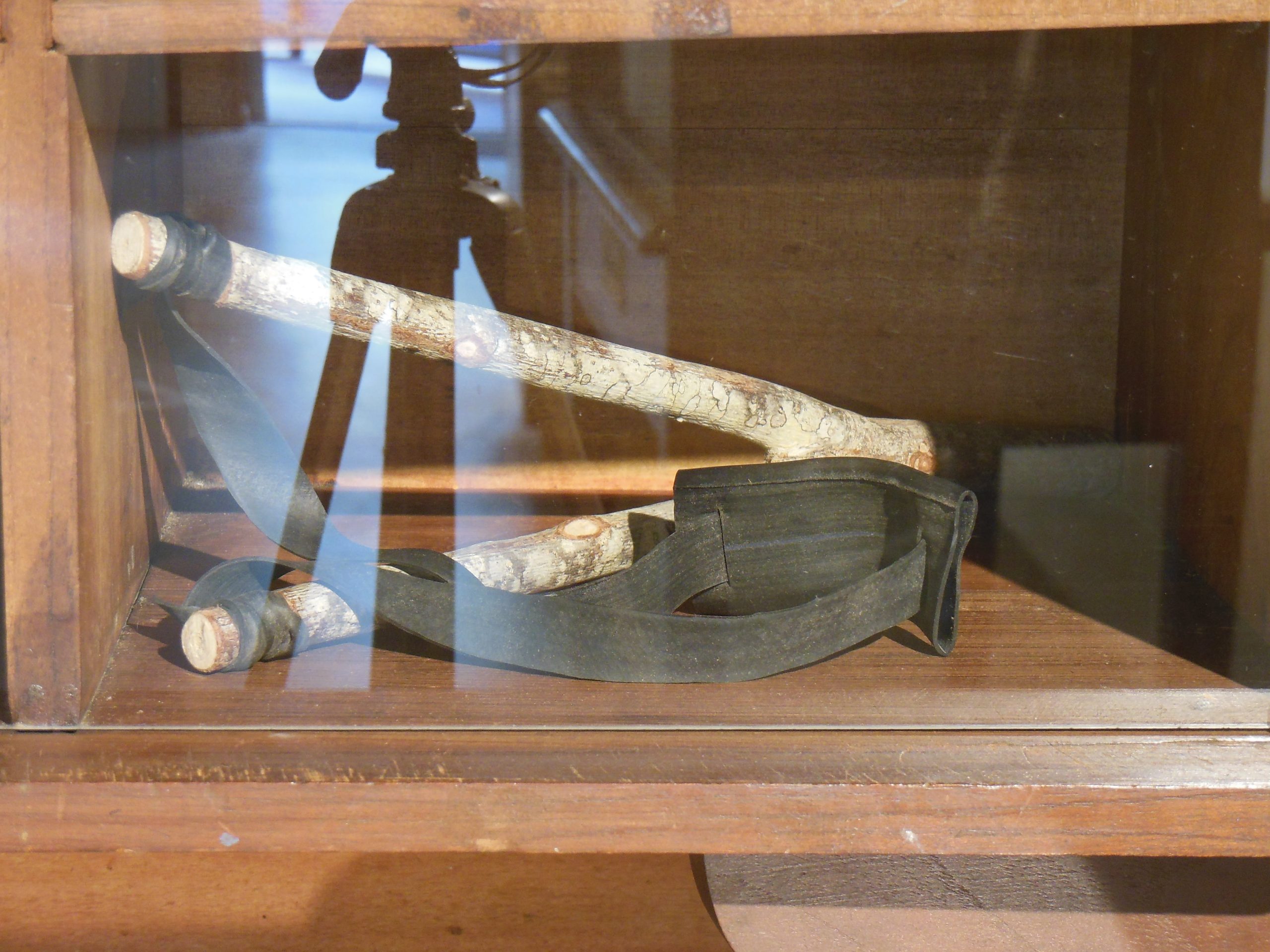New Italy School and Residence in 1902
In 1880, the same year expeditioners left Veneto, the New South Wales Premier, Sir Henry Parkes introduced the ‘Public Instruction Act’, requiring compulsory education for all children in the colony. Two years later, the first seven Italian families arrived here at New Italy in 1882; another 19, arriving the following year. The nearest schools were at Swan Bay and Woodburn, too far for regular attendance. The application to open a public school at the settlement was lodged in May 1883 through John Lang, a store man from Woodburn and member of the Woodburn School Committee. Antonio Pezzutti and Guiseppe Martinuzzi signed the application alongside Lang.
The Italians had informally called the settlement, La Cea Venezia, Little Veneto. However, they now required a formal English name for the application. ‘New Italy’ was chosen. As a New South Wales Education Department school, this change also established the official name of the settlement. The New Italy Public School was opened in September 1885 with 29 children listed as attendees.
A ‘baby-boom’ was commented upon in school correspondence by the late 1880s. The first teacher, Jean Le Cheminant, was a Frenchman who was fluent in Italian and English. He had been counting births since his arrival. By 1887, he said, ‘I got tired of counting them, they being rather frequent for a neighbourhood such as this’. He regarded the birthrate as one of the many positive signs that the Italians intended making Australia their permanent home.
A PDF download of the complete School Roll is here. (44 pages, about 40Mb)
Student’s letter (Domenic Marozin)
Public School
New Italy
2/3/06
Dear Sir,
We pulled out grapes off the vines and left only a few vines with some on, but the birds ate them all. We are having rainy weather. Last month, we had 9 inches of rain. It poured down very heavily last Saturday and Sunday.
Freddie Morandine brought a little boat to school, and we sailed it on our map in the playground. It was full of water, so we had a good time. I sailed it from Sydney to London with a load of butter and took a load of tea from India on my way back to Sydney. Then I sailed to China to get a load of rice. The cabbage and lettuce seed which we sowed in our garden at school came up.
I remain
yours truly
Domenic Marozin.
The education needs of children and spiritual needs of the community were not forgotten at New Italy. The local priest at New Italy was the first to recommend to the New South Wales government that a school be made available to the settlement under the public construction of 1880. This act was introduced by Sir Henry Parks and was aimed at giving equal opportunities of education to all children in the colony. The priest’s recommendation initiated a visit to the New Italy settlement by Mr Lang a member of the Woodburn school board who consequently helped the settlers in drafting a request for a school teacher. Until this time the settlement had been known as La Cella de Venezia the Venetian cell, as a symbol of their closeness.
However the application forms for the school required that an official name be provided, it was then that the name new Italy was chosen. A symbol of hope and determination it was also an indication of the role school would play in the integration of the settlers into the wider Australian community. The school began in September 1885 with 18 children enrolled. The first teacher was a French man Monsieur Le Cheminant who was also fluent in Italian. Monsieur Le Cheminant taught at the New Italy School until 1890. The first school building was a ”temporary” timber slabbed and batten building built by John Burke for the cost of 150 pounds. This was a basic building that offered no accommodation for the teacher other than a small dormitory attached to the school. There were no facilities for food preparation so the teacher would walk to a selection more than a mile away to obtain his meales. Which would have been particularly unpleasant in bad weather.
In an 1889 report to the District Inspector of Schools, M. Le Cheminant highlighted that the school had an average daily attendance of 30 students and suggested that the school be enlarged as it wasn’t of adequate size. In January of 1890 the school was enlarged and four room teacher”s residence was completed by Mr Alfred Pearson at a cost of 320 pounds. M. Le Cheminant was succeeded by Thomas Morgan in 1890. Mr Morgan and his wife resided in the teacher”s residence for some 12 years until leaving New Italy in May 1903. In contrast contrast to M. Le Cheminant Mr Morgan considered it a responsibility to teach the children English that they could participate in English-speaking society. He thus forbade using Italian in the classroom.
In 1891 Mr Morgan reported to the Inspector of Schools about the terrible state of the playground. He claimed that about one half of the playground was not yet cleared of timber and that the pupils were subject to various hazards such as snakes or falling timber. The work was offered on tender and Mr Lorenzo Spinaze then completed the job for six pounds. It was also in this year than a number of hoop pine trees were planted around the perimeter of the playground. A number of the oldest schoolboys had been asked plant the trees, are former pupil of Mr Morgan recalled that the first second and the third trees were planted and cared for in that order by the following 1891 pupils Joseph Spinaze, Willie Thompson and Domenic Antionelli.
A former pupil telling of the tree planting the Northern Star in March of 1931 stated that stately trees remain a monument to the interest that Mr Morgan had taken in the school. Still standing in 2002 the hoop pines are the feature elements of the school ground. The attendance at the new Italy school increased while Mr Morgan was there and the school building was enlarged twice. At first Mrs Morgan would sometimes assist with the teaching but when the schools attendance reached 70 in 1896 a pupil teacher was appointed to assist him. Mr Morgan appears to have been particularly well educated and became a friend as well as an interpreter and arbitrator for the Italian settlers. A report in the New South Wales education gazette of 1899 stated that the school always comes out well at the yearly inspection and no pupil examined thus far for exemption certificates has ever failed.
Mr and Mrs Morgan took a great interest in the school and also the new Italy people and were much esteemed by the community. This was in some ways manifested when Mr and Mrs Morgan with a their little son and daughter were entertained and made a presentation by the residents and school children at New Italy prior to their departure in 1903. In an article in the Northern Star in August of 1931 a previous pupil of Mr Morgan’s from New Italy payed tribute to Mr Morgan’s son. The late Lieutenant-Commander N. P. Morgan. The man affectionately known as Norrie died in a car accident, his body was taken to Portsmouth where he was buried in the Heslar Naval Cemetry with Full Service Honours.
The New Italy school remained the secular hub of the community for 40 years and was greatly valued. In 1931 the school ceased operation as a public school due to decreasing enrolments, remaining open as a subsidized school for a short time. At this time there were only two Italian families attending the school. Today the school site contains visible historic fabric elements, such as the tall Hoop pine trees, fence posts, toilet pits, drainage lines, paths and a tank stand. It is the only publicly accessible place in the heart of the Settlement Landscape. The site is managed by the New Italy School Reserve Trust.
<< (13) Making Home
>> (15) Silk Industry at New Italy
